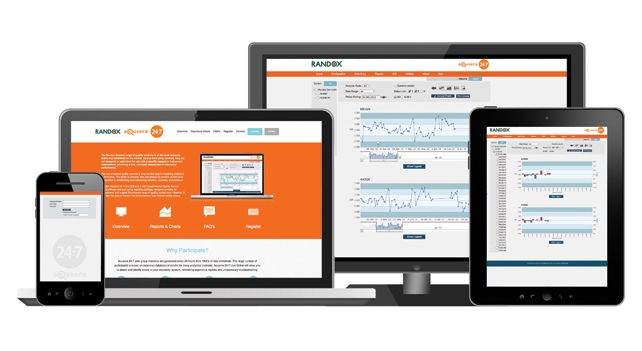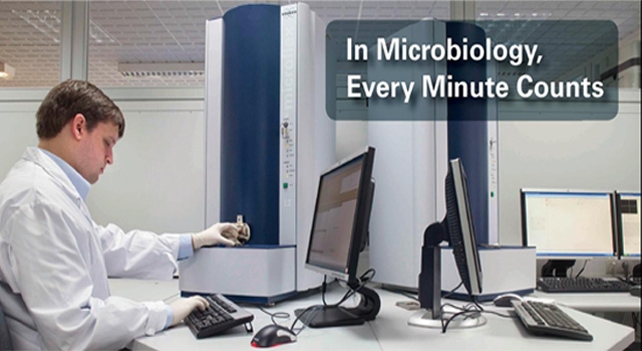
Acusera 24.7
Interlaboratory Data Management - Acusera 24.7 Acusera 24.7 is an interlaboratory data management programme designed to complement and support the Acusera range of internal quality controls. Randox offer two separate solutions for participation in Acusera 24.7: Acusera 24.7 Live Online Acusera 24.7 Live Both solutions enable laboratories to monitor analytical ...
MALDI-TOF MALDI BIOTYPER
Identifying Microorganisms by Their Molecular Fingerprint Clinical Microbiology The MALDI Biotyper identifies microorganisms using MALDI-TOF (Matrix Assisted Laser Desorption Ionization-Time of Flight) Mass Spectrometry to measure a unique molecular fingerprint of an organism. Specifically, the MALDI Biotyper measures highly abundant proteins that ...
Content not found!


